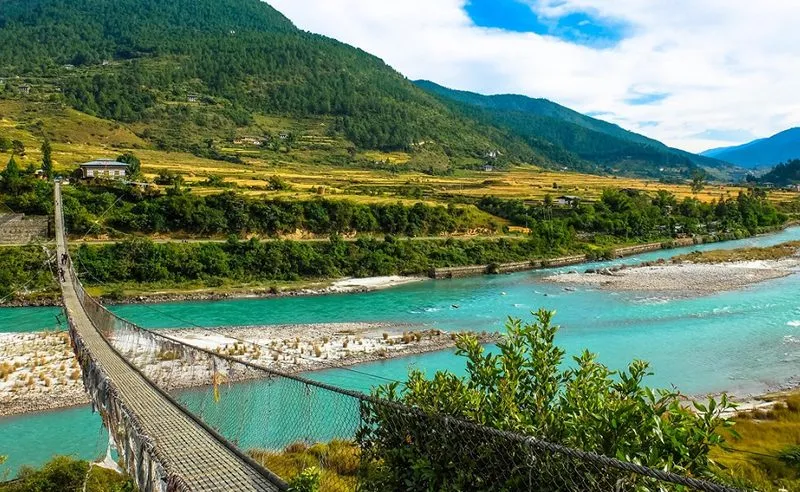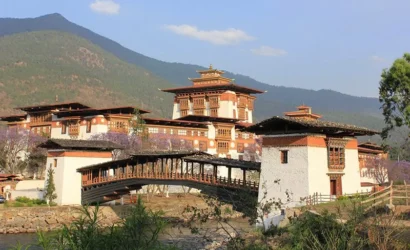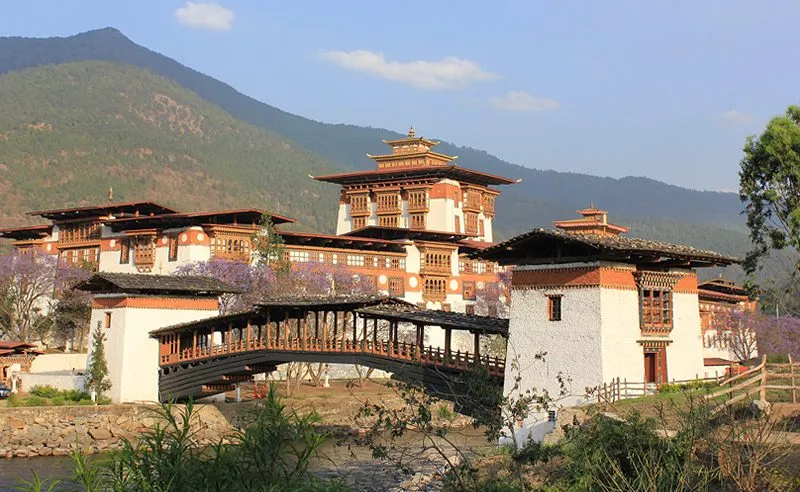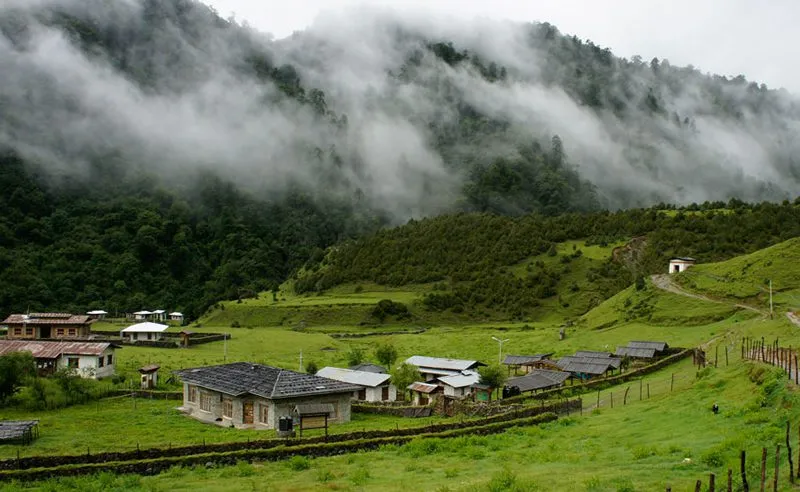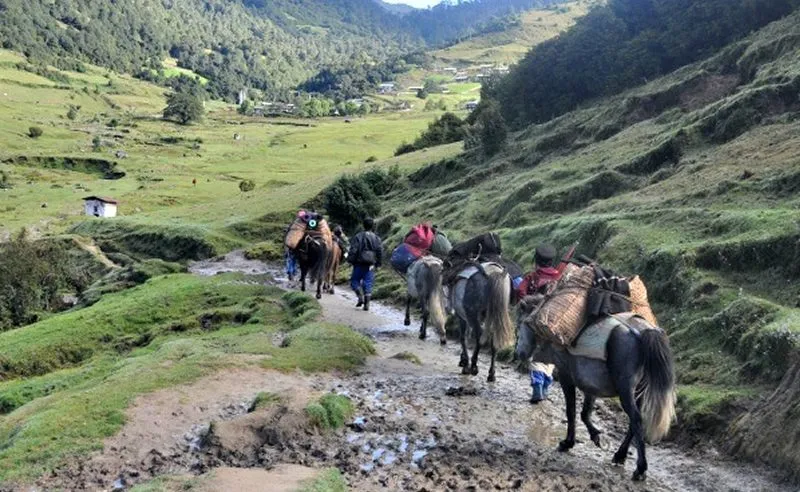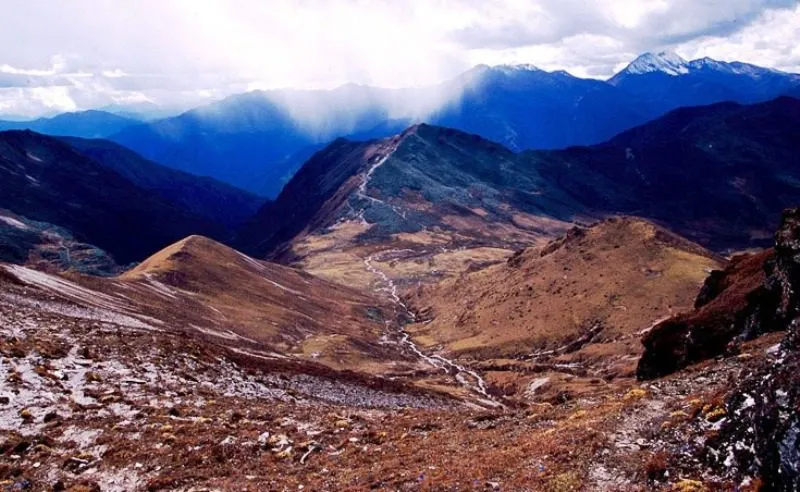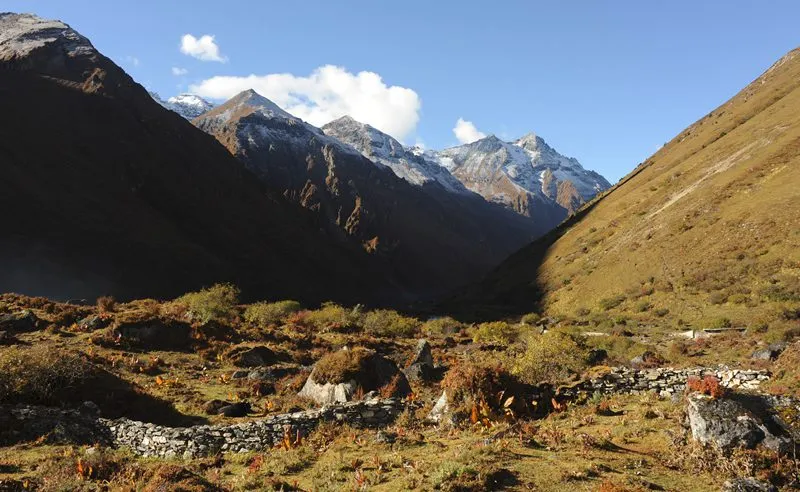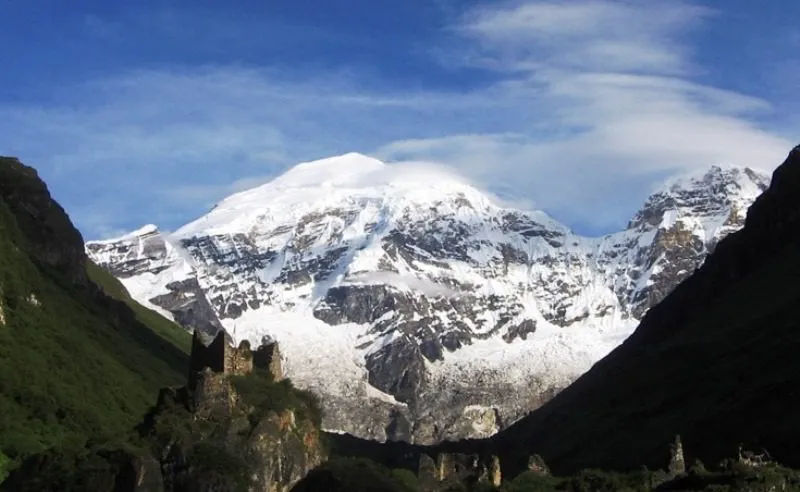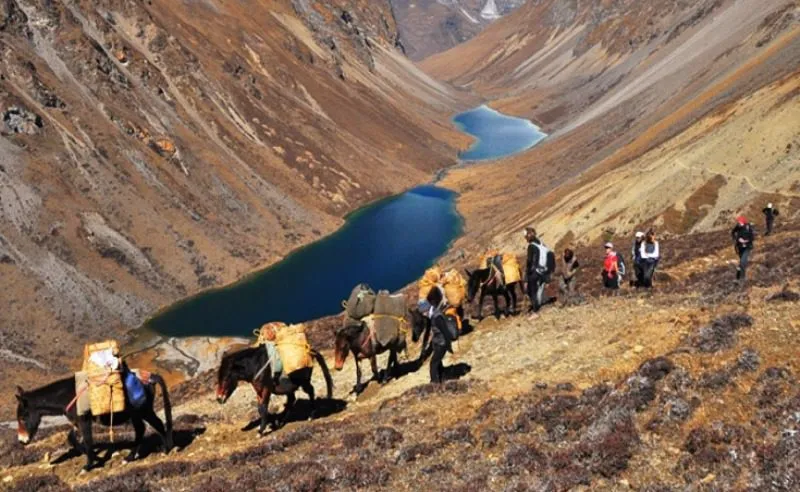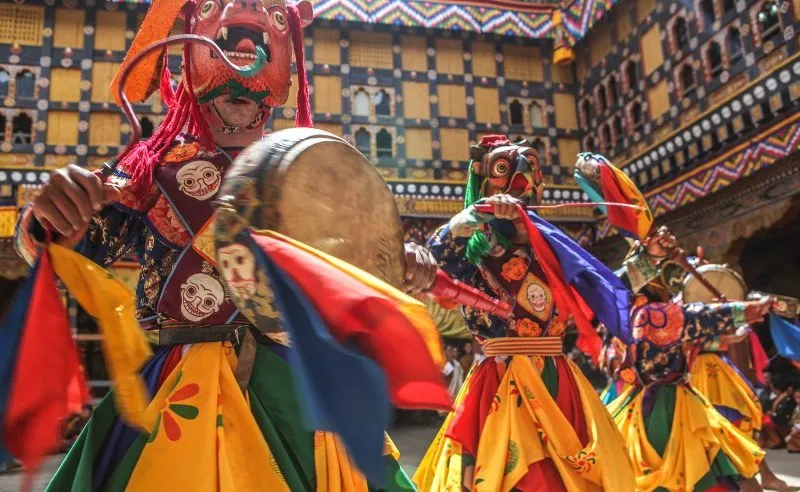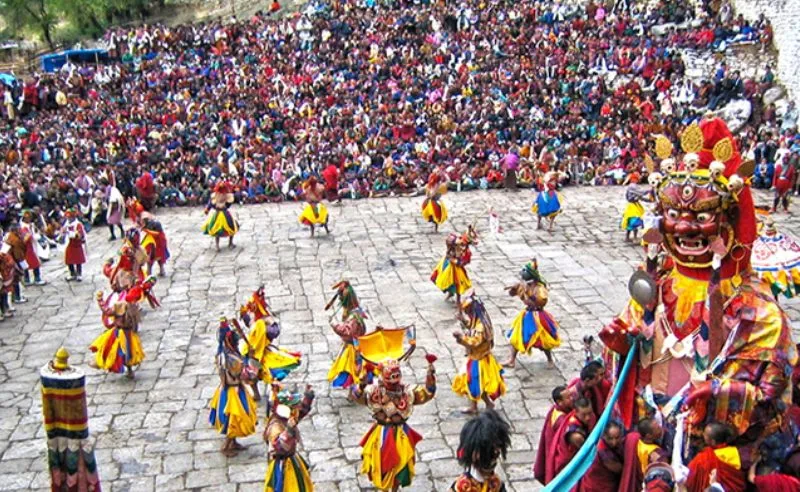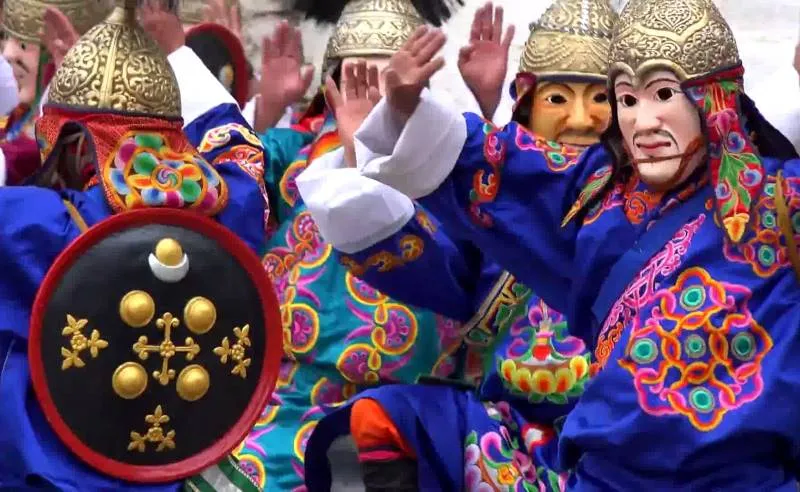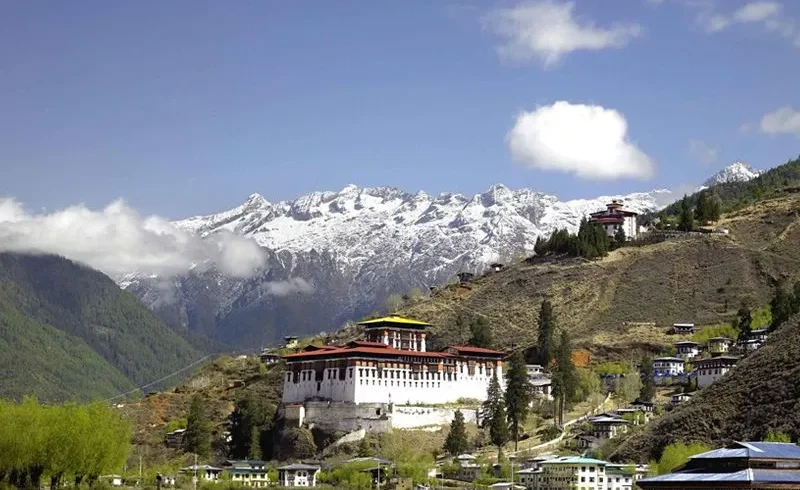Note
Visas to Bhutan
All citizens except India, Bangladesh and Maldives require visa to enter Bhutan. It requires a readable color copy of your passport and the passport should have at least six months of validity from your Bhutan exit date. Visa fee is US$40 per person. Tour’s full payment must be made before your arrival in Bhutan as per the tourism council of Bhutan – TCB.
Visa procedures
To apply for the visa, you need to send a clear copies of your passports to your travel agent in JPEG or PDF formats via mail. Upon full tour payment receipt, the tourism council of Bhutan then issues the visa clearance letter to your travel agent which in turn will send it to you. Please bring this letter and show at the Paro International Airport in order to get your passport stamped with the actual Bhutan visa. Please note that the VISA service is not offered in Bhutan, travelers have to buy full service package from the local tour operator. Printed copy of visa letter also needs to be shown during the check-in at the Druk Air counter. Entering Bhutan overland via Phuentsholing or Samdrup Jokhar, one needs to produce the visa letter at the immigration office.
Accommodation
There’s a wide selection of hotels in Bhutan from 3 star to world-class 5 star hotels at the prominent places like Paro, Thimphu, Punakha, Gangtey etc. 3-5 star hotel are officially government approved hotels. Besides, there’s hundreds of standard and budget hotel scattered throughout Bhutan including homestays, farm house stays. Travelers daily cost includes stays at the 3 star hotels and using 4 star or 5 star will require additional premium. Top 5 star hotels in Bhutan include Le-meridian, Taj Tashi, Como Uma etc.
Meals
During Bhutan stay all meals are included from breakfast to lunch and dinner. Breakfast and dinners will be at the hotels where travelers are staying and lunch might be at the restaurant during the sightseeing tour. However, on the last day of the tour the travel agent are oblige to provide breakfast only and any lunch/dinner will be traveler’s on own. Meals in Bhutan include mix of Indian, continental including Bhutan special cuisines such as Ema Datshi, Momos etc.
Transportation
Traveling in Bhutan is easy nowadays with Bhutan rapidly developing it’s infrastructures on it’s road-system. Until 1961 traveling in Bhutan was quite difficult with no proper means of transportation in the country. One has to travel either on foot or on mule/horse back. After 1961 modern road construction began with most of the districts and towns getting interconnected via roadways. Nowadays comfortable ground transports and public vehicles are accessible in major cities. Different luxurious cars, SUVs, buses and coaster buses are available for tourists.
Guides
Every guide in Bhutan must complete a training course so that visitors get high quality professional service. Over 1000 licensed active tours guides are working in the country. Guides specialize either in cultural or adventure tours. All Bhutanese guides are helpful and friendly and proficient in English. Many guides have also learnt other languages like German, Japanes, Thai or others for better communication with travelers from these countries. All tour operators must employ only registered and certified guides.
How to get Bhutan
There are two options to get into Bhutan by air or by land. One can fly to Bhutan and land at the only international airport of Bhutan – the Paro International Airport. Alternatively, by land one can enter Bhutan via Phuentsholing from west connecting with Bagdogra Airport, Siliguri-West Bengal or Kakarbhitta-Nepal. Gelephu is the entry point if you are travelling from the central region and Samdrup Jongkhar from the east. Exiting through Samdrup Jongkhar in southeast Bhutan is to connect with Guwahati of India. From Guwahati, you may fly into other Indian cities like Delhi, Bombay or Kolkata. Even though Bhutan shares its border with Tibet, there are not treaties established yet to open the border crossing between these two countries.
Flights to Bhutan
Only two airlines connect Bhutan with the rest of the world, Druk Air (the national flag carrier) & Bhutan Airlines (Privately owned air). These airlines fly into the Paro International Airport in Paro – the only international airport in Bhutan. They too flies from certain cities only like Kathmandu, Delhi, Singapore, Bangkok, Kolkata, Bagdogra. Airlines flight schedules changes by season but there are several flights per week from Kathmandu, New Delhi, Singapore and Bangkok, either direct or via Dhaka, Kolkata or Bagdogra. Flights into Paro are dependent upon the weather conditions due to geographical location of Paro airport, so flight timings are subject to change. Therefore, all passengers are advised to maintain a minimum of 24 hours connection time to avoid disconnection.
Best time to visit Bhutan
Best time to visit Bhutan is spring (March-May) and Autumn/fall (September-November). Weather mostly remains clear during spring during when mystifying beauty of nature can be witnessed and varieties of flowers and plants bloom. June-August is the summer season and monsoon starts from June. Fall (Sep-Nov) is the another high season after spring during when tourist arrives Bhutan for festivals like Thimphu tshechu, Gangtey tshechu, Jambay Lhakhang drup. Winter season (Dec-Feb) isn’t crowded during when temperature level goes down (even below freezing point) and Bhutan may see snow fall. Trekking won’t be possible at high elevations in winter due to snow.
Trip Note (Nepal)
Best Time to Visit Nepal
Spring (Mar, Apr, May) & autumn (Sep, Oct, Nov) are the best seasons to visit Nepal. Weather will be pleasant for any activities during these months with skies being clear with un-obscured Himalayan views. These are the high tourist seasons in Nepal. Monsoon is Jun, July till August during when trek/tour will be difficult. In the rain-shadow areas like Mustang, Dolpo and Tibet, trek is possible as these areas receive less rainfall even in monsoon. Dec, Jan & Feb are the winter season during when trek can be possible in the hilly areas but higher elevations will be much colder with snow fall. Another thing to keep in mind is that due to global warming the regular climate worldwide isn’t the same and Nepal is also no exception. Please be open to unpredictable weather conditions.
Nepal Visa Information
Visa for Nepal can be directly obtained upon arrival at Tribhuvan International Airport in Kathmandu. You need to fill up the application form or for swift process fill it online before arrival in Nepal. Indian nationals don’t require visa however they need to show a valid national identification like passport or other valid id issued by Indian government. Tourist VISA can also be obtained from Nepal Embassy or Consulate or at the office of immigration in Nepal as well. Visa fee is as follows:
Visa Fee/Duration/Type
1) Multiple entry (15 days) is USD30 or Equivalent Nepali Currency (NPR)
2) Multiple entry (30 days) is USD50 or Equivalent Nepali Currency (NPR)
3) Multiple entry (90 days) is USD125 or Equivalent Nepali Currency (NPR)
Visa Extension:
Visa extension fee for 15 days or less is USD 30 or Equivalent Nepali Currency (NPR) and visa extension fee for more than 15 days is USD 2 per day. Tourist visa can be extended for a maximum period of 150 days in a single VISA year (Jan – Dec)
How to Get to Nepal
Nepal can be entered either by air or via land.
By Air: Rest of the world is connected with Nepal by more than 15 major airlines. National Airlines (NA), the national flag carrier, flies into Delhi, Bangkok, Shanghai, Kuala Lumpur, Dubai. Other international airlines connects Kathmandu are Thai Airways from Bangkok, Gulf Air from Abu Dhabi, Indian Airlines from Delhi, Kolkata, and Varanasi in India, Qatar Airways from Doha, China Airlines to Lhasa, Druk Air to Paro in Bhutan and New Delhi in India etc.
By Land: Nepal is connected with India on three sides and with China on north. From China is at the Kodari-pass at Nepal China border. Entering from India are several entry points like Kakarbhitta, Birgunj, Belhiya, Bhairawa, Nepalgunj, Dhangadi and Mahendra Nagar. Tourists entering via land must carry their passports and visa is issued at the immigration office at the Nepal India border.
Flights to Nepal
‘Tribhuvan International Airport’ in Kathmandu is the only international airport of Nepal. It is linked by about 30 international airlines operating from Europe, Asia, Middle-east. These include China Airlines, Biman Bangladesh, Gulf Air, Qatar Airways, Thai Airlines etc. Nepal Airlines is the national carrier connecting Delhi, Bangkok, Shangai, Kuala Lumpur, Dubai etc. September to November and March to May is the peak tourist season during when flights are the most expensive, so it’s advisable to book in advance. All taxes are included in ticket prices for international flights. The drive from the Kathmandu central city to the airport is about 15 minutes but depending upon traffic which gets heavy during the day time and might take an hour in peek rush hour.
Money Exchange & Banks
NPR (Nepalese Rupees) is the currency denomination of Nepal. Banks and authorized exchange dealers exchanges foreign currencies. You can find many money exchange counters in Kathmandu and other cities.
Credit/Debit Cards:
Major hotels and shopping malls accept the major credit cards like VISA/MASTER/AMEX and Discover. Convertible currencies are Dollar (US, Australia, Hong Kong, Canadian and Singapore), Euro, Pound, Yen (Japan) etc. You have the privilege to exchange Nepalese rupees back to your currency at the airport before leaving Kathmandu for home.
Cash/ATM Machines:
ATM machines are available in Kathmandu and other cities of Nepal. ATM machines operates 24 hours a day. Using ATM machines during the office hours (10 am-5 pm) is recommend.
Banks:
Kathmandu and other cities of Nepal has many banks. The normal banking hours are 9:30 AM till 5 PM but some banks opens evening and morning counters to facilitate the customers. Banks remain closed on Saturday and on public holidays. Money can also be sent or received from express services like Western Union and Money Gram.
Time and Business Hours:
The normal business hour is from 10 AM to 5 PM. Saturday is a government holiday in Nepal. Hospital and emergency services are open 24/7. Banks operate its services in the normal business hours. Restaurants, hotels and bars are open till late night. Shopping malls and stores open till 8 or 9 PM. Usually, it is safe to travel in odd hours in cities like Kathmandu and Pokhara but traveling in the odd hours in isolated area is not recommended.
Travel Insurance
Travel insurance is recommended for Nepal which should cover loss, theft and medical problems. High altitude treks going over 4000 meters, travel insurance is highly recommended which should cover helicopter rescue and medical bills. Most of the medical treatments, rescues/hospitals required you to pay at the point of delivery of their services, so it’s wise to choose a policy that pays them directly rather than you having to pay on the spot and claim later.

